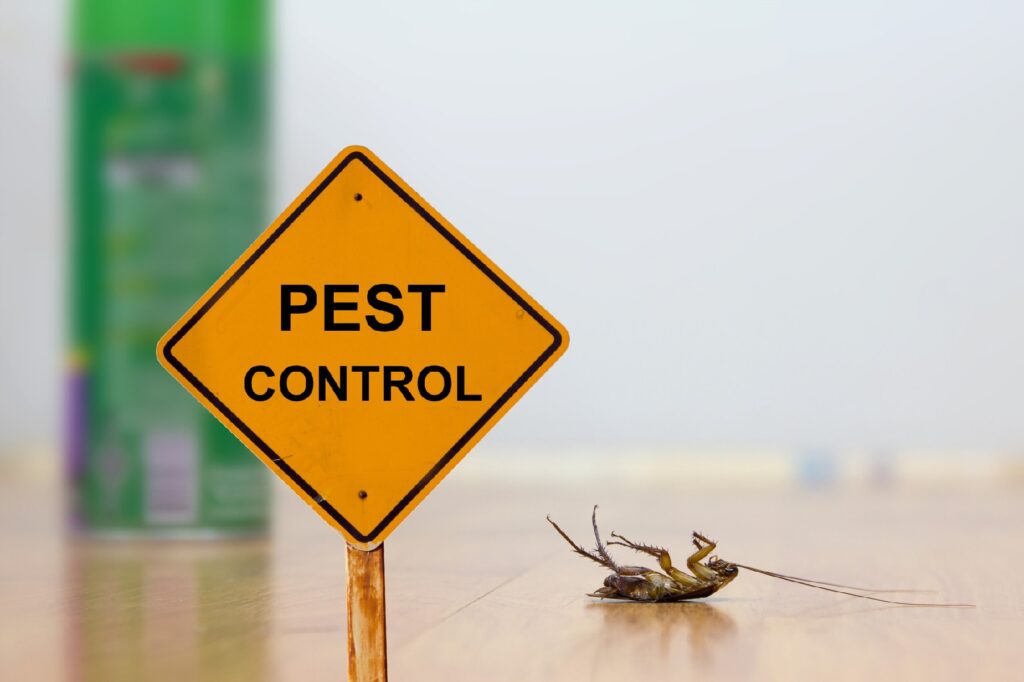A1 Pest Control Charlotte NC Bed Bugs - Specialist Extermination Services
Bed Insect Therapy Breakdown: Comparing Chemical Vs. Non-Chemical Solutions
In the realm of parasite control, especially when handling the consistent concern of bed bugs, the option in between chemical and non-chemical therapy remedies can be a critical one. Both approaches offer distinct benefits and downsides, influencing factors such as effectiveness, safety factors to consider, and total price. By examining the nuanced details of each technique, a clearer understanding of which path to go after in addressing a bed bug problem can be attained.
Efficiency of Chemical Treatments
Chemical therapies for bed insect infestations have actually been widely recognized for their rapid and potent efficacy in getting rid of these parasites. When considering the efficiency of chemical therapies, it is crucial to understand that they can give a quick and extensive solution to a bed pest problem. Specialist pest control operators often rely upon insecticides to target bed pests at numerous phases of their life process, including eggs, grownups, and fairies. These chemicals usually work by interfering with the bed insects' anxious system, resulting in paralysis and eventual fatality.
Additionally, chemical treatments have the benefit of supplying recurring results, implying that they can proceed to eliminate bed insects even after the first application. This residual action is especially useful in combating any kind of prospective re-infestations. Furthermore, the quick activity of chemical therapies can bring relief to individuals encountering extreme bed bug invasions, allowing them to restore control of their space promptly.
Safety And Security Worry About Chemical Solutions
When using chemical solutions for bed bug treatment is making certain the safety of residents and the setting,One essential element that requires careful consideration. While chemical therapies can be effective in eradicating bed bugs, they might pose dangers if not managed correctly. One of the main security worries with chemical solutions is the possible injury they can cause to human wellness. Direct exposure to specific chemicals made use of in bed pest therapies can bring about respiratory issues, skin irritability, or other damaging responses, specifically in people with pre-existing problems or sensitivities. In addition, improper application or dose of chemical pesticides can result in toxic deposits remaining in the treated area, positioning long-term health and wellness risks to passengers.
Furthermore, the ecological influence of chemical services is an additional substantial consideration. Some chemicals used in bed insect treatments might be hazardous to helpful insects, wildlife, and ecological communities if they seep right into the dirt or water supply. It is necessary to use chemical therapies deliberately, adhering to security guidelines, and taking into consideration much less harmful choices to reduce these risks and ensure the secure and reliable monitoring of bed pest infestations.
Advantages of Non-Chemical Methods
Thinking about the possible security concerns and environmental influence associated with chemical solutions for bed pest treatment, exploring non-chemical methods offers an encouraging option with several distinct benefits. Non-chemical therapies are ecologically friendly, as they do not add to air or water Discover More pollution, making them a sustainable option for pest control.
Additionally, non-chemical options can be reliable in targeting bed pests, consisting of hard-to-reach areas where chemical treatments might not penetrate. Approaches such as warm therapy, vacuuming, heavy steam cleansing, and bed mattress coverings offer comprehensive obliteration without the use of harmful chemicals. Additionally, non-chemical approaches can be less disruptive, calling for very little preparation and permitting quicker reentry right into dealt with locations. In general, selecting non-chemical bed pest therapy techniques not just prioritizes security and environmental management but additionally makes certain efficient and extensive parasite control.
Limitations of Non-Chemical Treatments

Additionally, non-chemical treatments typically need multiple applications to attain successful eradication. This can be lengthy and may not always assure complete removal of all bed insects and their eggs, particularly in surprise or hard-to-reach areas.
Furthermore, the success pest arrest of non-chemical therapies greatly counts on appropriate application and thoroughness, which can be challenging for people without specialist competence. Insufficient application of non-chemical methods may result in incomplete removal, causing persistent infestations and the need for extra treatments.
For that reason, while non-chemical therapies have their advantages, it is necessary to recognize these constraints and consider them when figuring out one of the most reliable method for handling bed insect invasions.
Expense Comparison: Chemical Vs. Non-Chemical Options
Given the restrictions associated with non-chemical treatments, a crucial element to examine in the context of bed bug monitoring is the cost comparison between chemical and non-chemical alternatives. In comparison, non-chemical treatments like warm treatment or vapor can be extra expensive, with expenses varying from $1,000 to $6,000 for a whole home. While the preliminary expense of chemical therapies may appear reduced, numerous treatments might be called for to completely eliminate the infestation, possibly boosting the total expense.
Conclusion

Thinking about the prospective safety problems and ecological influence linked with chemical remedies for bed insect therapy, discovering non-chemical methods provides an appealing option with numerous distinctive advantages.Offered the constraints linked with non-chemical treatments, a crucial element to review in the context of bed insect monitoring is the cost contrast in between chemical and non-chemical alternatives. In contrast, non-chemical therapies like warm treatment or vapor can be more expensive, with expenses ranging from $1,000 to $6,000 for an entire home. While the first price of chemical therapies might seem lower, numerous therapies may be needed to totally eliminate the invasion, possibly enhancing the total cost.In conclusion, when contrasting chemical and non-chemical bed bug treatment alternatives, it is vital to take into consideration performance, safety, advantages, restrictions, and expense.